Question:1
Is it obligatory to obey the directions and signals of a policeman in uniform?
Category : Rules and Regulations
Question:2
Is it permitted to take one hand off the wheel or handlebar while driving?
Category : Rules and Regulations
Question:3
What is the best way to reduce the dangers whilst driving in reverse?
Category : Safety
Question:4
How can we avoid danger when we start driving and when we merge with traffic?
Category : Safety
Question:5
Which of the following traffic signs requires giving right of way in a roundabout?
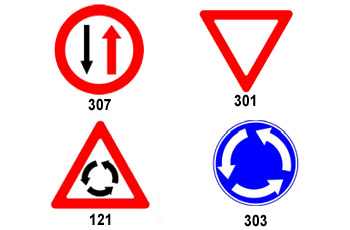
Category : Traffic Signs
Question:6
What is the meaning of the following traffic sign?
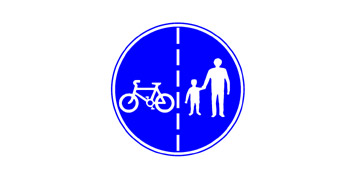
Category : Traffic Signs
Question:7
When is it permitted to use floodlights?
Category : Rules and Regulations
Question:8
What are you required to do according to the following road sign?

Category : Traffic Signs
Question:9
Proper adjustment of the driver’s seat:
Category : Safety
Question:10
While overtaking or passing by another vehicle:
Category : Rules and Regulations
Question:11
Define “play street”:
Category : Rules and Regulations
Question:12
How should you turn left from a road on which the following sign is placed?
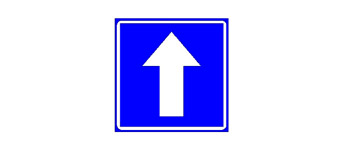
Category : Traffic Signs
Question:13
The lawful “point system for traffic offenses” is:
Category : Rules and Regulations
Question:14
Is it obligatory to mark oversize freight on a moving vehicle at all times?
Category : Rules and Regulations
Question:15
When is it permitted to overtake another vehicle on its rights side?
Category : Rules and Regulations
Question:16
What is the normal pressure in a vehicle’s pneumatic (compressed air) braking system?
Category : Rules and Regulations
Question:17
Is it permitted to drive under the influence of sedatives?
Category : Rules and Regulations
Question:18
Define “connected truck”:
Category : Rules and Regulations
Question:19
Where is the following road sign placed?
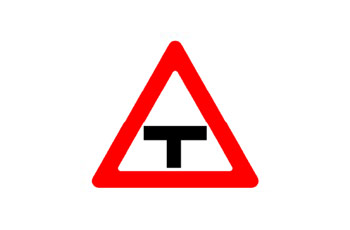
Category : Traffic Signs
Question:20
What is a driver required to do when the loading of the braking system’s air tanks takes longer than a reasonable time?
Category : Rules and Regulations
Question:21
Is it obligatory to obey the directions and signals of an authorized municipal inspector, even when a certain direction or signal is opposed to the traffic signs?
Category : Rules and Regulations
Question:22
Which of the following traffic signs warn about an intersection with traffic lights ahead?

Category : Traffic Signs
Question:23
Which of the following traffic signs will be placed or marked following traffic sign 144?

Category : Traffic Signs
Question:24
Which traffic sign should be placed about 300 meters before a level crossing?
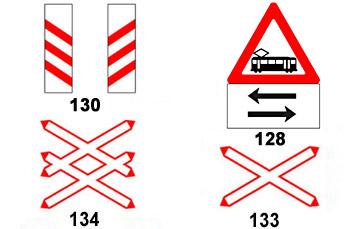
Category : Traffic Signs
Question:25
“Reasonable speed” is a speed:
Category : Rules and Regulations
Question:26
When is a vehicle affected by centrifugal force?
Category : Safety
Question:27
Why is it required to drive in low gear on a steep descent?
Category : Safety
Question:28
What are you required to do according to the following road sign?
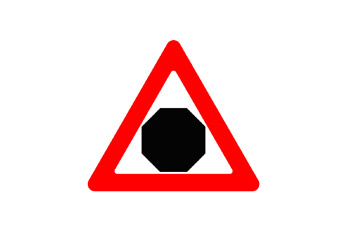
Category : Traffic Signs
Question:29
For how long is it permitted to leave a broken-down vehicle on a road or in a public place?
Category : Rules and Regulations
Question:30
Under which circumstances should you slow down your driving?
Category : Safety

